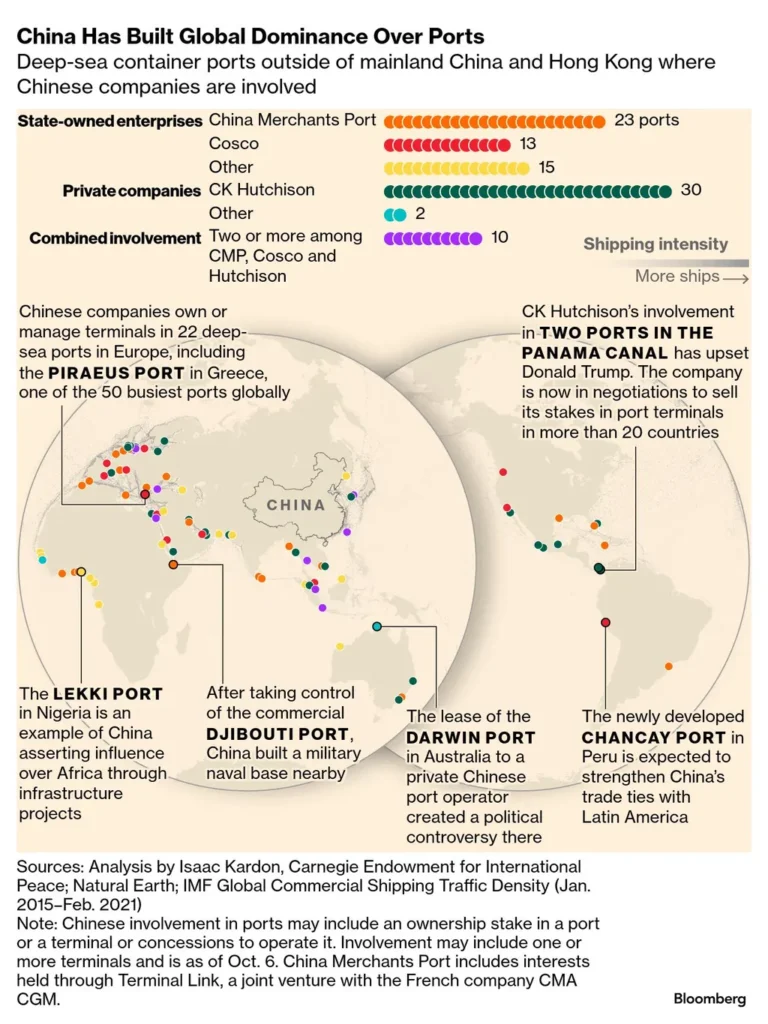In the bustling world of maritime trade, Indonesia’s Sumatra Island is stepping into the spotlight, thanks to a novel study that’s shaking up how we view port infrastructure. Setijadi Setijadi, a researcher from the Department of Industrial Engineering at Universitas Widyatama in Bandung, has just dropped a game-changing paper in the journal *Spektrum Industri: Jurnal Ilmiah Pengetahuan dan Penerapan Teknik Industri*, which translates to *Industry Spectrum: Journal of Industrial Knowledge and Application*. The study, titled “Determining the International Hub Port on Sumatra Island Using the Integration of Geographic Information System and Analytical Hierarchy Process Methods,” is a mouthful, but it’s essentially a roadmap for turning Sumatra’s ports into international trade powerhouses.
So, what’s the big deal? Well, Indonesia’s maritime trade has been a bit lopsided, with most of the action happening in Java. This leaves Sumatra’s ports, which are smack dab on the Malacca Strait and near major ASEAN markets, feeling a bit left out of the party. Setijadi’s research aims to change that by identifying which Sumatra ports have what it takes to become international trade hubs.
Here’s where it gets interesting. Setijadi didn’t just pull these conclusions out of thin air. He developed a fancy-schmancy, spatially integrated, multi-criteria evaluation framework. In plain English, he looked at three main factors: trade volume, global connectivity, and multimodal accessibility. To weigh these factors, he used something called the Analytic Hierarchy Process (AHP), which is a fancy way of saying he asked experts in port management, logistics, and transport planning for their input.
But here’s the real kicker: he also used Geographic Information System (GIS) technology to analyze each port’s access to roads, railways, and industrial centers. This created something called a Multimodal Connectivity Index, which was then plugged into the AHP model. The result? A data-driven, objective way to evaluate ports that’s replicable and, dare we say, revolutionary.
So, which ports came out on top? Drumroll, please… Boom Baru in Palembang, Belawan in Medan, and Batu Ampar in Batam. These ports scored the highest in trade volume and multimodal connectivity, with Boom Baru and Belawan snagging the top spot with a connectivity index of 2.67 out of 3.00. On the other hand, Pekanbaru and Tanjung Balai Karimun scored lower due to limited infrastructure and weaker integration.
Now, let’s talk about the commercial impacts and opportunities. For maritime professionals, this study is a goldmine. It provides a clear, data-driven tool for prioritizing infrastructure development in Sumatra. This means better port facilities, improved connectivity, and ultimately, more efficient and effective trade routes. As Setijadi puts it, “Incorporating GIS-based spatial analysis into the AHP framework reduces subjectivity in port evaluation and provides a replicable, data-driven tool for regional infrastructure prioritization.”
But it’s not just about the ports themselves. Improved infrastructure and connectivity in Sumatra can open up a world of opportunities for shipping companies, logistics providers, and even local industries. Imagine the potential for increased cargo volumes, reduced transit times, and enhanced supply chain efficiency. It’s a win-win for everyone involved.
In the words of Setijadi, this study offers “strategic insights for developing Sumatra’s role in Indonesia’s maritime trade network.” And with the data-driven approach he’s pioneered, it’s not just Sumatra that could benefit. This methodology could be applied to ports around the world, making it a truly global game-changer.
So, there you have it. A study that’s not only shaking up the maritime world but also offering a roadmap for the future. It’s not every day that you see such a powerful combination of GIS technology, expert input, and good old-fashioned data analysis. Here’s to hoping that Sumatra’s ports will soon be the talk of the maritime town, thanks to Setijadi’s groundbreaking research.

